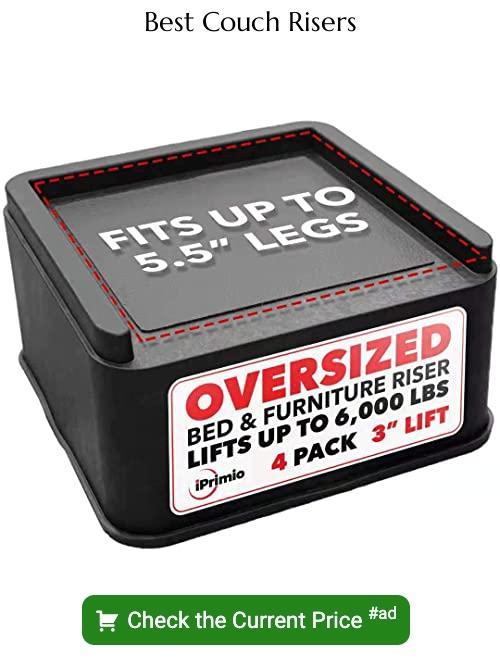Last updated on
Discover simple yet effective techniques to elevate your couch, providing added comfort and enhancing the overall aesthetic of your living space.
Are you tired of sinking into your couch and struggling to get up? Or maybe you just want to elevate the style of your living room by making your couch taller? Whatever the reason, raising the height of your couch can be a simple and affordable DIY project. In this article, we’ll show you how to make a couch taller in easy steps.
So, let’s get started!
Key takeaways:
- Assess your couch height and determine how much taller you want it.
- Measure the height of your couch and add the desired height increase.
- Choose furniture legs or riser blocks that match the style and weight capacity.
- Replace the existing legs with longer ones or use commercial leg risers.
- Use furniture risers or DIY leg extenders made of wood or PVC pipes.
Table of Contents
Assessing Your Couch Height

Before you start making any changes to your couch, it’s important to assess its current height. This will help you determine how much taller you want it and what method is best suited for your needs.
To do this, sit on the couch with both feet flat on the ground and measure from the floor to where your knees bend at a 90-degree angle.
If you find that your feet don’t touch the ground or that getting up requires more effort than usual, then raising the height of your couch may be beneficial for added comfort. On the other hand, if there are no issues with comfort but simply a desire for aesthetic enhancement or better alignment with other furniture pieces in a room – then assessing measurements can still provide valuable insight into how much higher would be ideal.
Measuring for Success
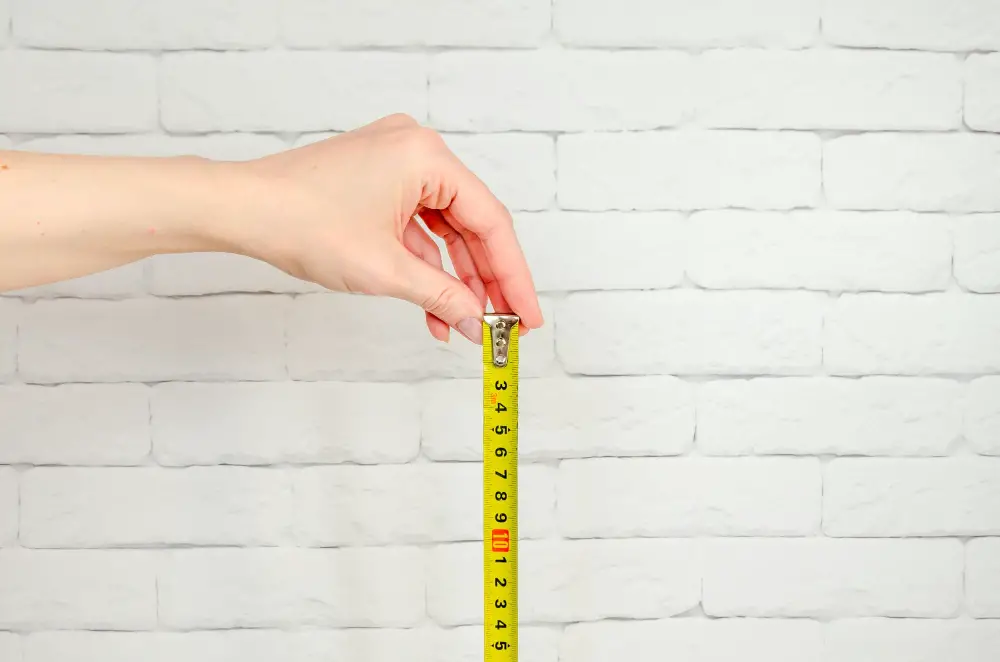
Measuring for success is crucial in ensuring that your project will be a success. Start by measuring the height of your current couch from the floor to its highest point, which could be either its armrests or backrests.
Next, determine how much higher you want your couch to sit and add this measurement onto the existing height of your sofa. This will give you an idea of how long each leg extender needs to be or what size furniture risers are required.
It’s important not only to measure accurately but also double-check all measurements before making any cuts or purchases. Taking accurate measurements can save time and money in avoiding mistakes during installation.
Furniture Leg Selection
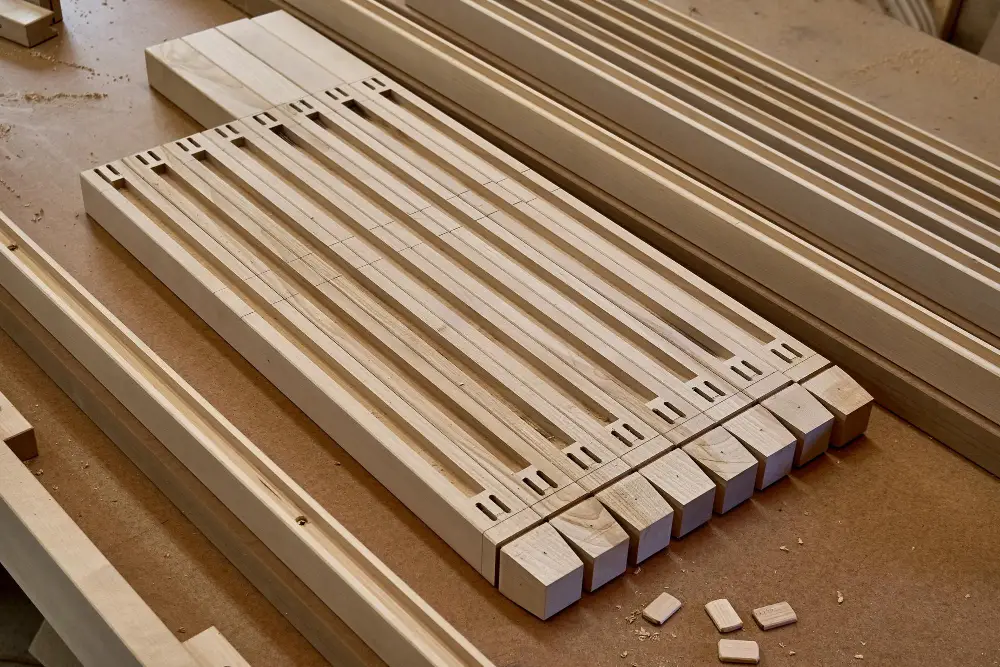
Furniture legs come in various sizes and styles, so choose ones that complement the design of your couch.
When selecting furniture legs for a DIY project, consider factors such as weight capacity and material durability. Metal or wooden legs are popular choices due to their sturdiness and longevity.
It’s also important to ensure that the leg size matches with existing holes on the bottom of your couch frame or drill new holes if necessary. This ensures proper attachment without compromising stability.
Fit Longer Legs
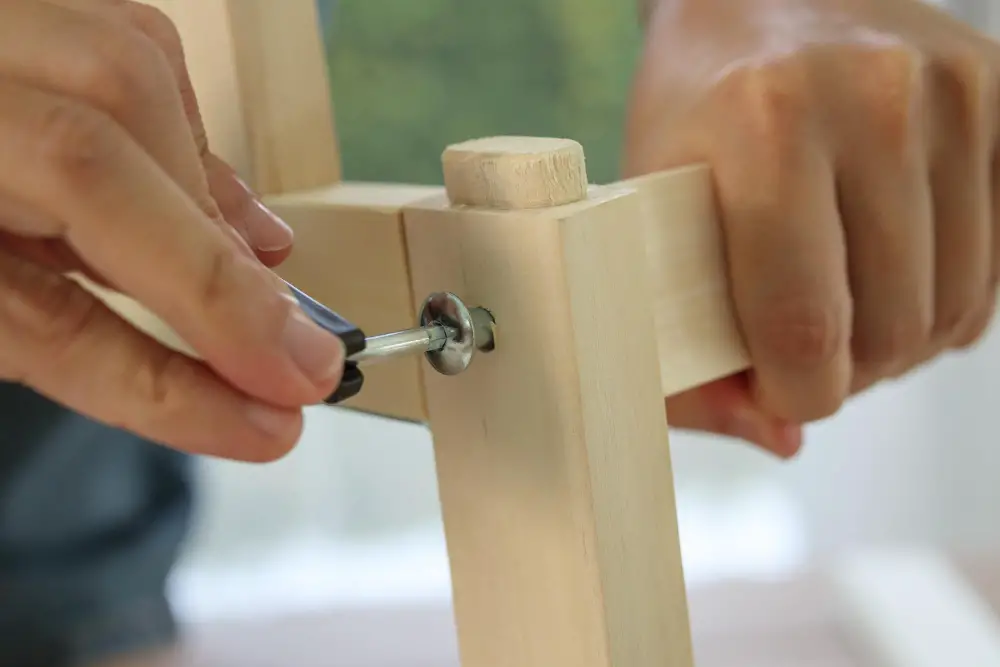
This method works best if your current furniture legs are removable and have a standard screw attachment. To fit longer legs, measure the height of your couch from floor to frame and add an extra 2-3 inches for leg length. Next, select new furniture legs that match or complement your existing decor style. You can find a wide variety of options online or at home improvement stores.
Once you have purchased new furniture legs, remove the old ones by unscrewing them from their attachments on each corner of the couch frame. Then attach each new leg in its place using screws provided with it.
Commercial Leg Risers
These risers come in different sizes and shapes, making it easy to find the perfect fit for your furniture. They are made of high-quality materials that can support heavy loads, ensuring safety and stability.
To use commercial leg risers, simply remove the existing legs from your couch and replace them with the new ones. Make sure you choose a size that matches your current leg diameter so they will fit snugly into place.
One advantage of using commercial leg risers is that they often come with additional features such as built-in storage or adjustable heights. This makes them not only functional but also stylish additions to any living room decor.
However, keep in mind that these products can be more expensive than other options on our list. Some may require professional installation if you’re not comfortable doing it yourself.
Add Furniture Risers

These small but sturdy blocks can be placed under each leg of your couch, providing an instant height boost. Furniture risers come in various sizes and materials such as plastic or wood.
When using furniture risers, it’s essential to ensure that they are the right size for your couch legs. Measure the diameter of each leg before purchasing any riser blocks to avoid wobbling or instability issues.
Once you have selected the appropriate size of furniture riser block, place them under each leg carefully. Make sure that all four corners are levelled correctly by adjusting their positions if necessary.
DIY Leg Extenders

You can easily create leg extenders using materials that you may already have at home, such as wood or PVC pipes.
To make DIY leg extenders, start by measuring the height of your current furniture legs and determining how much taller you want your couch to be. Next, cut four pieces of wood or PVC pipe to the desired length and attach them securely to each existing furniture leg with screws or brackets.
If you’re using wooden blocks for this project, sand them down until they’re smooth before attaching them. This will prevent any splinters from damaging your floors or carpets.
Once all four legs have been extended with DIY leg extenders, test out the stability of your newly elevated couch by sitting on it gently and checking if it wobbles in any way.
DIY Couch Risers
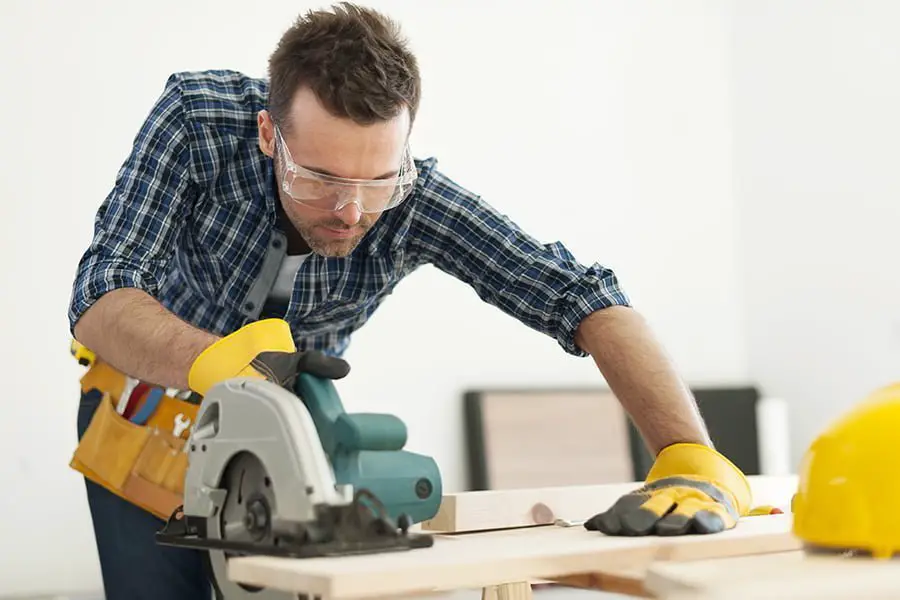
With just a few basic tools and materials, you can create custom risers that perfectly match the style of your sofa.
To make DIY couch risers, start by measuring the height of each leg on your sofa. Then cut four pieces of wood or PVC pipe to the desired height (make sure they’re all equal).
Sand down any rough edges and paint or stain them if desired.
Next, attach furniture glides or felt pads to the bottom of each piece so they won’t scratch your floors. Place one under each leg of your couch and enjoy its new elevated look!
DIY couch risers are not only affordable but also customizable – you can choose different colors and finishes that complement other elements in your living room decor. Plus, making them yourself allows for greater control over their stability and durability compared with store-bought options.
Create a Removable Sled Base
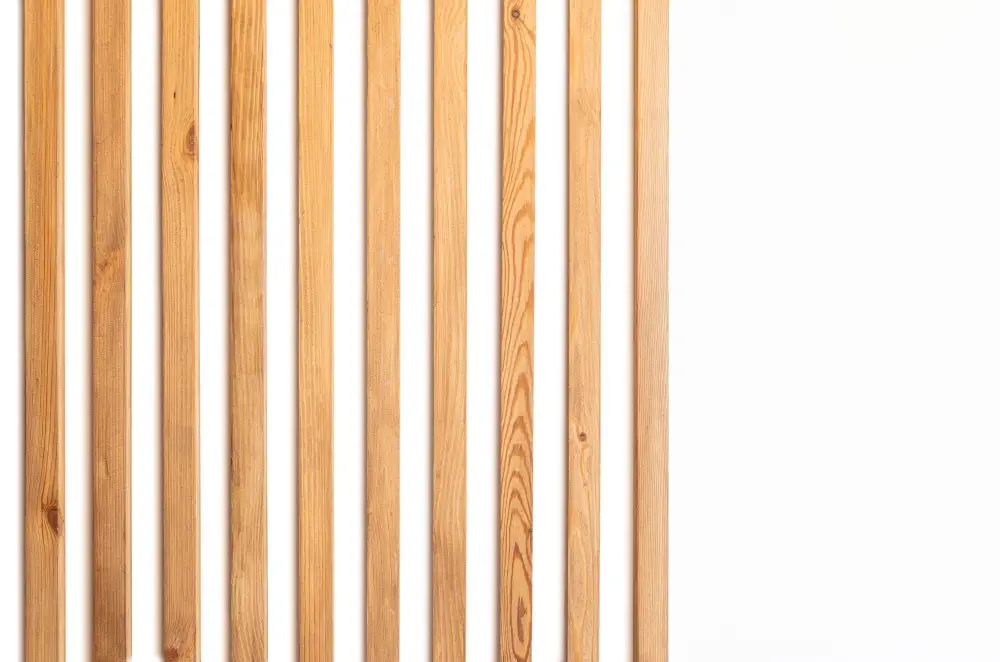
This method involves attaching wooden slats or planks to the bottom of your couch and then placing them on top of two long runners that act as sleds. The runners can be made from wood or metal and should be slightly longer than the length of your couch.
To create this type of base, measure the length and width of your sofa’s bottom frame before cutting pieces for both sides using plywood sheets. Then attach these pieces with screws onto each side so they form an L-shape when viewed from above.
Next, cut two long strips out from another piece (or multiple)of plywood that are about 2 inches wide by 6 feet in length each – these will serve as “runners” underneath which you’ll place those L-shaped frames we just created earlier! Attach one runner at either end using screws again making sure they’re level with one another before sliding them under their respective sides until everything lines up perfectly!
This method allows you to easily remove the elevated platform if needed while also providing stability during use.
Utilize Wooden Blocks

You can purchase pre-made wooden blocks from most hardware stores or make them yourself using scrap wood. To utilize this method, simply place the wooden block under each leg of your couch until it reaches the desired height.
It’s important to note that while this is a simple solution, it may not provide as much stability as other methods such as installing furniture risers or longer legs. If you have hardwood floors or delicate flooring materials like tile or marble in your home, placing heavy furniture on top of them without proper protection could cause damage over time.
Overall though utilizing wooden blocks is an affordable and straightforward way to elevate your couch by several inches quickly.
Installing Casters

Casters are small wheels that can be attached to the bottom of your furniture legs, allowing you to move your couch around with ease. To install casters on your couch, first remove the existing legs by unscrewing them from the base of the sofa.
Then attach a caster plate or socket onto each corner where you removed a leg and screw it in place using wood screws.
Next, insert each caster stem into its corresponding socket or plate and secure it with locking nuts if necessary. Make sure all four casters are securely fastened before attempting to move your elevated couch.
It’s important to note that while adding casters can make moving furniture easier, they may not be suitable for all types of flooring surfaces such as carpeted floors which could cause damage over time due to constant movement.
Use Castor Wheels
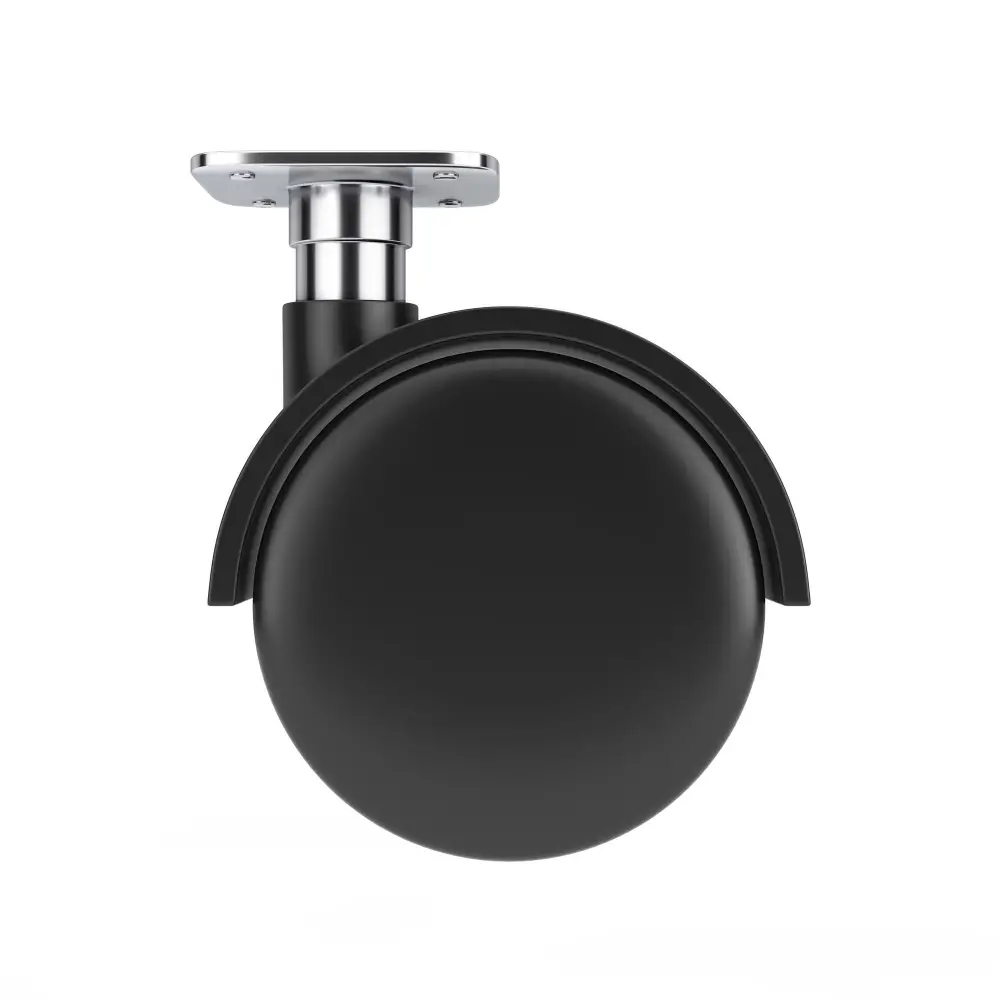
These small but sturdy wheels can be attached to the bottom of your couch legs, providing an instant boost in height. Castor wheels come in various sizes and styles, so it’s important to choose ones that are appropriate for the weight of your furniture.
To use castor wheels on your couch, start by removing any existing legs or feet from the bottom of the piece. Then attach each wheel securely with screws or bolts according to manufacturer instructions.
Once all four corners have been fitted with castors, test out how well they roll on different surfaces before settling into place.
While this method is relatively simple and affordable compared to other options like leg extenders or risers, it’s important not to sacrifice stability for height when using caster wheels. Make sure that each wheel is properly installed and secured before placing any weight on top of them.
Build a Box Shape Storage Base
This method involves creating a wooden frame that fits snugly around the bottom of your couch and attaching legs or casters to it. The interior of the box can be used as additional storage space for items such as blankets, pillows, or books.
To build this type of base, measure the length and width of your couch’s existing base and cut four pieces of wood accordingly. Then attach them together using screws or nails to create a rectangular frame that will fit snugly around the bottom perimeter.
Next, add legs or casters to each corner so that they are flush with the top edge of the wooden frame. You can purchase pre-made furniture legs from most hardware stores if you don’t want to make them yourself.
Once complete, slide this new elevated platform under your sofa until it sits securely in place against its original lower support structure.
Sofa Cushion Optimization
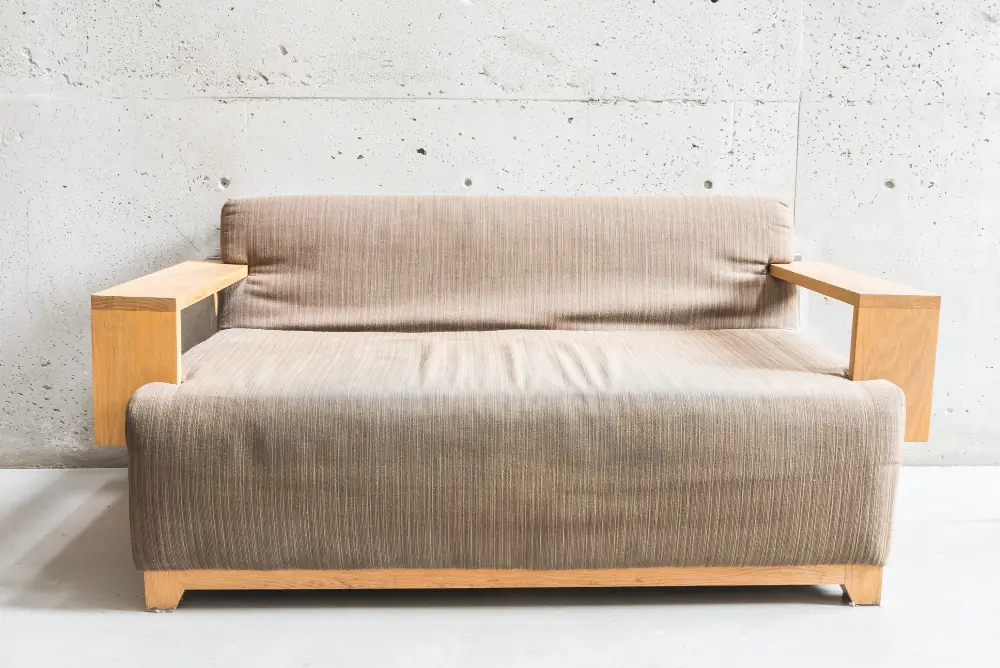
This method is particularly useful if you don’t want to add any visible height or change the overall look of your couch. By adding foam below the cushions, you can increase their thickness and firmness, which will ultimately raise the seating level.
To do this, remove all of your sofa’s seat cushions and measure their dimensions accurately. Then purchase a high-density foam that matches those measurements from a local craft store or online retailer.
Cut out pieces of foam according to cushion size using an electric knife or scissors (if possible). Place them under each cushion before replacing them on top of it again.
Install Foam Below Cushions
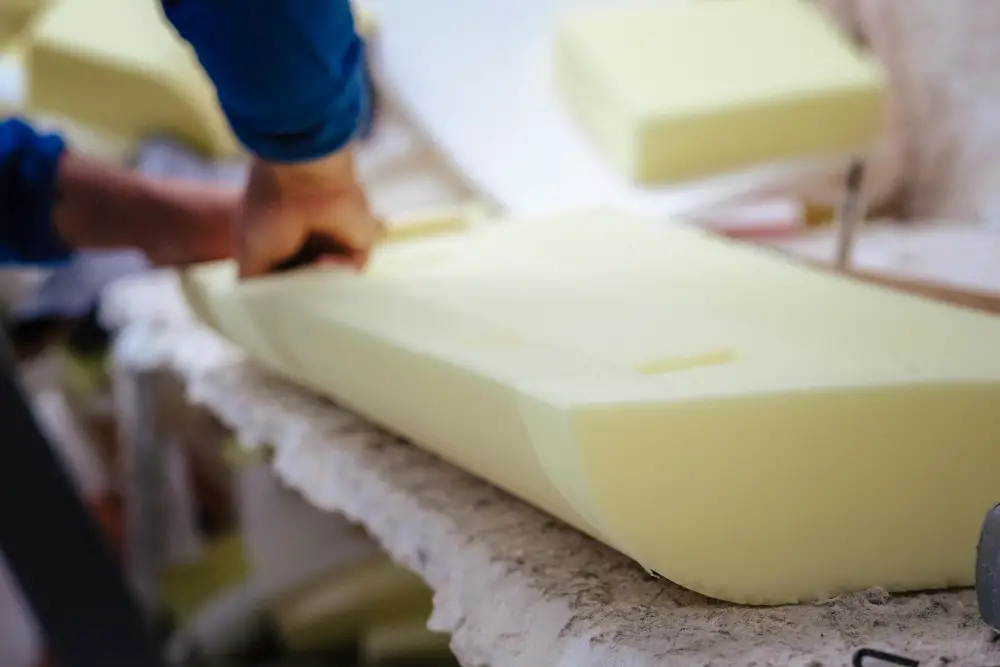
This method is especially useful if you don’t want to change the overall look of your couch or if it’s difficult to find furniture legs that match its style.
To install foam below cushions, measure the length and width of each cushion. Then purchase high-density foam in a thickness that will provide enough lift without compromising comfort.
Cut the foam into pieces slightly smaller than each cushion size so they can fit snugly inside.
Once cut, place one piece of foam under each cushion before replacing them on top of your couch frame. The added height should be noticeable immediately! Keep in mind that this method may not work as well for older or worn-out cushions since they may compress over time.
Tools & Materials Needed

The good news is that most of these items can be found at your local hardware store or online. Here are some essential tools and materials you’ll need:
- Measuring tape
- Screwdriver
- Power drill (optional)
- Saw (if building DIY leg extenders)
- Wood glue (if building DIY leg extenders)
- Sandpaper or a sander (if building DIY leg extenders)
- Furniture legs or riser blocks
- Casters/wheels for mobility
- Sled base material such as plywood
- Wooden blocks
Prioritizing Safety & Stability
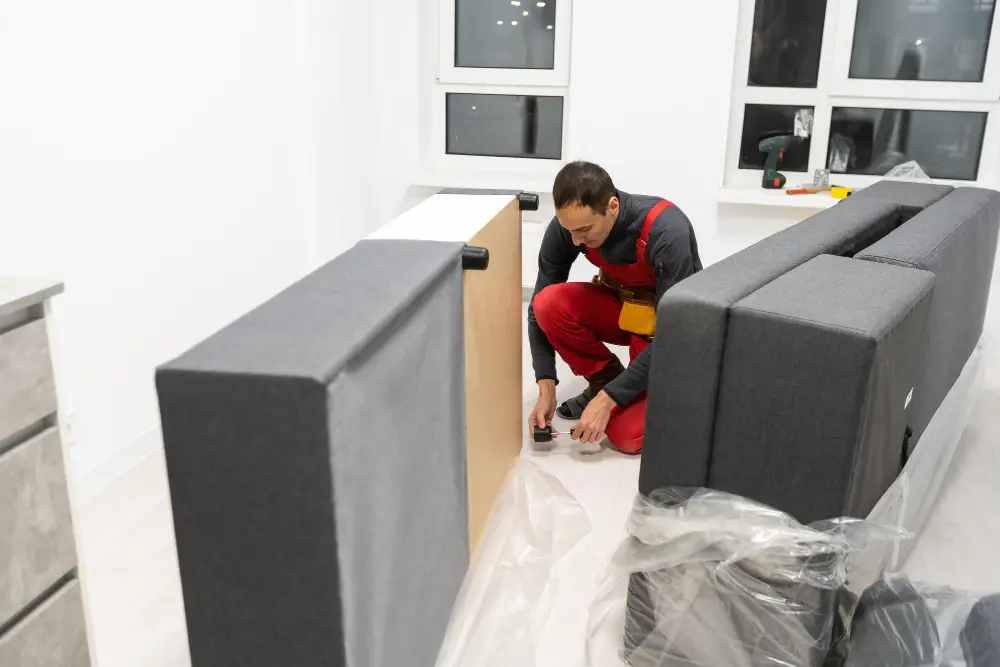
Before attempting any DIY project, make sure you have the necessary tools and materials on hand. It’s important to choose furniture legs or risers that are sturdy enough to support the weight of your couch and anyone sitting on it.
If you’re using leg extenders or risers, ensure they fit snugly into place without wobbling or shifting. You may also want to consider adding additional support by installing corner brackets underneath each leg.
It’s essential not only for comfort but also for safety reasons that your elevated couch remains stable at all times. So take extra care when selecting materials and follow instructions carefully during installation.
Customizing Couch Slipcovers
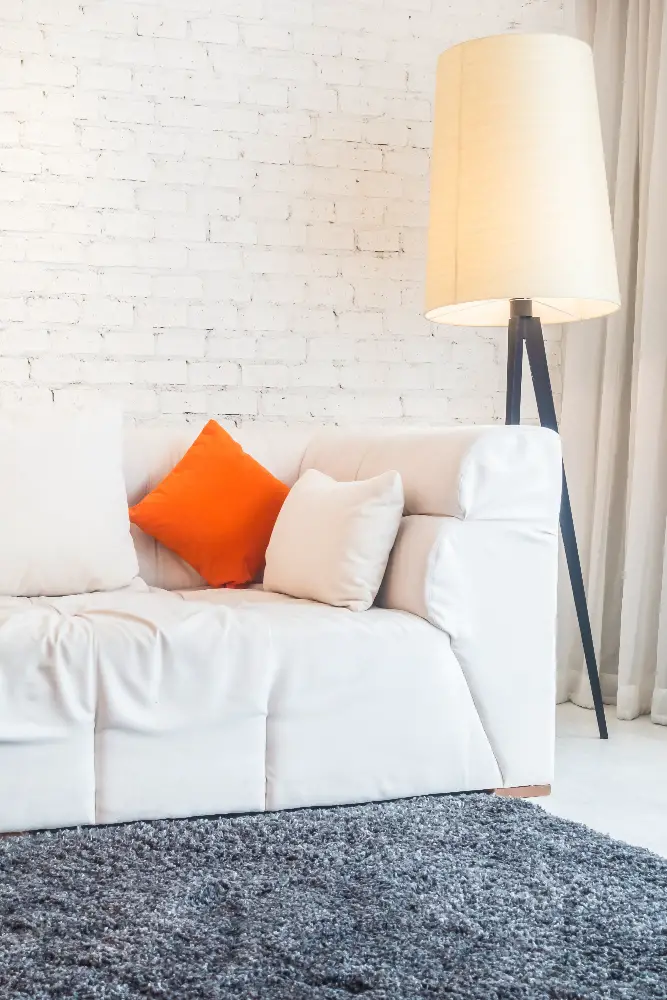
You can choose from a wide range of fabrics and colors that complement the rest of your decor. Customized slipcovers are also perfect for protecting your couch from spills and stains.
When selecting fabric for the slipcover, consider factors such as durability, texture, colorfastness, and ease of cleaning. Cotton or linen blends are popular choices because they’re easy to clean and maintain.
You can either purchase pre-made slipcovers or have them custom made by professional upholsterers. If you opt for DIY customization using pre-made covers or fabric yardage; ensure that it fits snugly over the elevated couch without sagging at any point.
Blending Style With Function

In fact, there are many ways to enhance the look of your elevated couch while still maintaining its functionality. One way is by customizing a slipcover that complements the new height and design of your sofa.
You can also add decorative elements such as throw pillows or blankets that match the color scheme or theme of your living room. This will not only make it more comfortable but also create an inviting atmosphere in which you and guests can relax.
Another option is optimizing sofa cushions by adding foam below them for added comfort and support. You could even consider reupholstering if necessary, giving a fresh new look altogether!
Caring for Your Elevated Couch

Regular cleaning and maintenance will help keep your couch looking great for years to come. Vacuuming the surface regularly can prevent dust and dirt from settling into the fabric or cushions.
If spills occur, clean them up immediately with a damp cloth or sponge.
It’s also essential to check the stability of your elevated couch periodically. Make sure that all legs are securely attached and tightened as needed, especially if you have opted for DIY leg extenders or risers.
If you have pets at home, consider using a protective cover on top of your sofa slipcover to avoid scratches from their claws.
Don’t forget about cushion optimization! Fluffing up pillows regularly can help maintain their shape over time while adding foam below cushions provides extra support where needed most.
By following these simple tips on caring for an elevated couch correctly, you’ll be able to enjoy its added comfort and style without worrying about wear-and-tear issues down the line!
FAQ
Can I add legs to my couch?
Yes, you can add legs to your couch by either using a direct attachment method, where the legs are screwed directly into the bottom of the sofa, or a plate attachment method, which involves securing the legs to a metal or wood plate and then attaching the leg-and-plate to the sofa.
How far off the floor should a couch be?
A couch’s seat height should generally be between 15″ and 20″ off the floor, with an average range of 17″ to 18″.
How do you raise a sleeper sofa?
To raise a sleeper sofa, use bed risers which are simple, easy-to-install, and affordable, by fitting them onto the feet of the sofa’s bedposts for the desired height increase.
What are the best materials to use for extending couch legs?
The best materials to use for extending couch legs are hardwood, metal, and high-quality plastic, as they provide durability and stability.
What are the safety precautions to consider when making a couch taller?
When making a couch taller, ensure stability by using high-quality materials, attaching them securely, and maintaining even weight distribution.
Are there any ready-made products available to easily increase couch height?
Yes, there are ready-made products like furniture risers and leg extenders available to easily increase couch height.
